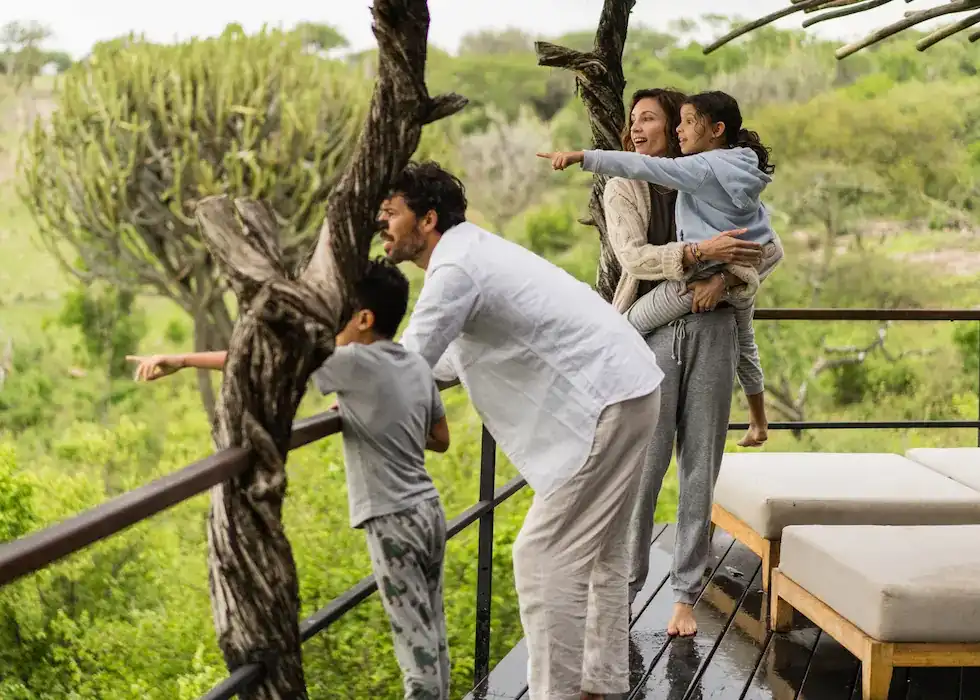Kilimanjaro Success Rate
Kilimanjaro Climbing FAQ’s
Certainly! Here are some frequently asked questions (FAQs) about Kilimanjaro Climb:
How high is Mount Kilimanjaro?
Mount Kilimanjaro stands at 5,895 meters (19,341 feet) above sea level, making it the highest peak in Africa.
What is the best time to climb Kilimanjaro?
The best times to climb Kilimanjaro are during the dry seasons, which are from January to March and June to October. These months typically offer clearer skies and more stable weather conditions.
How long does it take to climb Kilimanjaro?
The duration of the climb depends on the route chosen, but most treks take between 5 to 9 days to complete. Longer durations allow for better acclimatization and increase the chances of successfully reaching the summit.
Do I need to be an experienced climber to climb Kilimanjaro?
No prior climbing experience is necessary, but a good level of physical fitness and mental preparation are crucial. Many climbers successfully reach the summit with the help of experienced guides and proper training.
What is altitude sickness, and how can I prevent it?
Altitude sickness, or acute mountain sickness (AMS), is a condition caused by the body's inability to adjust to the decreased oxygen levels at high altitudes. To prevent it, climbers should acclimatize gradually, stay hydrated, and consider taking altitude sickness medication if recommended by a healthcare professional.
What gear do I need to climb Kilimanjaro?
Essential gear includes sturdy hiking boots, warm clothing layers, a sleeping bag rated for cold temperatures, a headlamp, trekking poles, and a backpack. It's also important to have proper high-altitude gear like insulated jackets and gloves.
Which route should I take to climb Kilimanjaro?
There are several routes to choose from, each offering unique experiences and varying degrees of difficulty. Popular routes include the Machame Route, Marangu Route, Lemosho Route, and Rongai Route. The choice depends on factors such as your fitness level, budget, and preferences for scenery and solitude.
Do I need a guide to climb Kilimanjaro?
What accommodation options are available during the climb?
Accommodation on Kilimanjaro typically consists of tented campsites along the trekking routes. Some routes, like the Marangu Route, offer basic mountain huts with bunk beds. Luxury options, including premium tented camps, are available on certain routes for those seeking more comfort.
Is it safe to climb Kilimanjaro?
Climbing Kilimanjaro is generally safe when proper precautions are taken, such as choosing a reputable tour operator, acclimatizing adequately, and following safety guidelines. However, it's essential to be aware of the risks associated with high-altitude trekking, including altitude sickness and adverse weather conditions.
Speak To an Expert
Get advice and suggestions to make this your perfect trip.
Call: +255 753 142 682
Let's Chat on WhatsApp
DESIGN A TOUR
DISCOVER EXCLUSIVE TANZANIA SAFARIS
Tanzania Safari
Journey through the heart of Tanzania's wild landscapes with our expertly guided safaris
Kilimanjaro Climbing
Standing at 5,895 meters, the summit of Kilimanjaro is the highest point in Africa
Design your own trip
Let's Customize a Tour Based on Your Budget and Your Style


